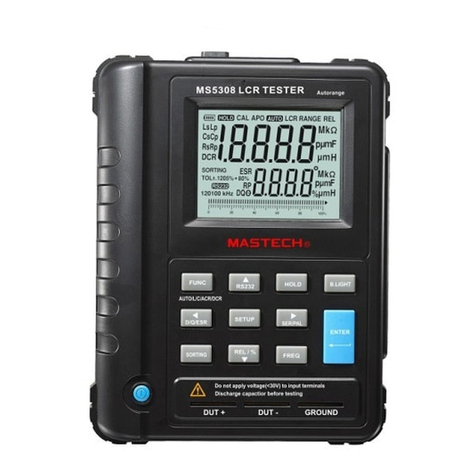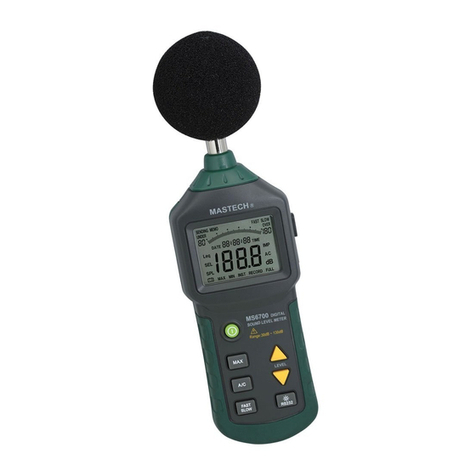Mastech MS8332C User manual
Other Mastech Measuring Instrument manuals

Mastech
Mastech MS6580 User manual
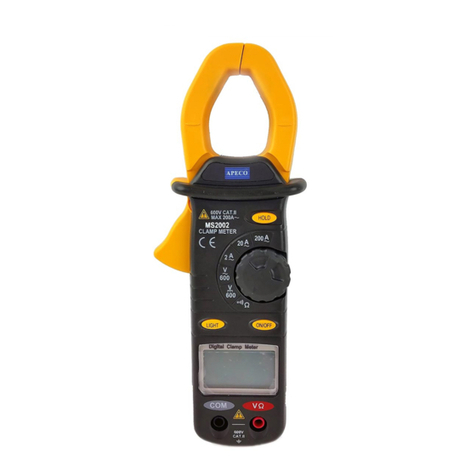
Mastech
Mastech MS2002 Assembly instructions
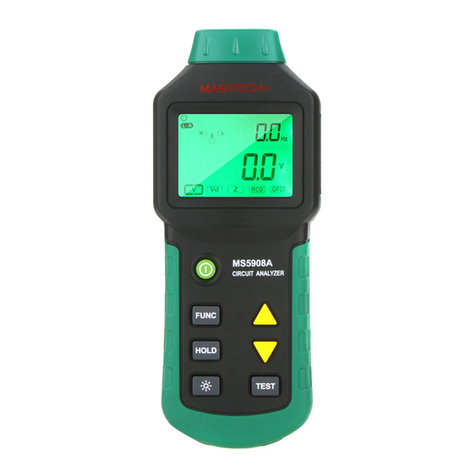
Mastech
Mastech MS5908C User manual

Mastech
Mastech MS2026R Assembly instructions
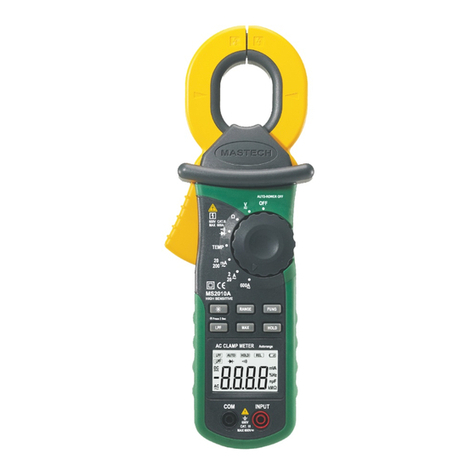
Mastech
Mastech MS2010A User manual
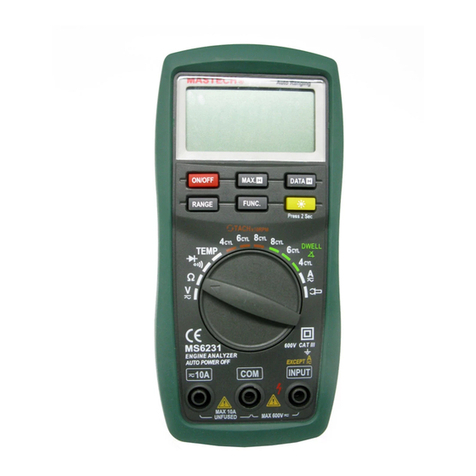
Mastech
Mastech ms6231 User manual

Mastech
Mastech MS2015A User manual
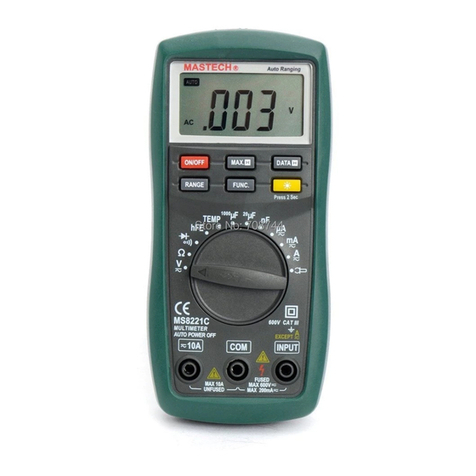
Mastech
Mastech MS8221C User manual
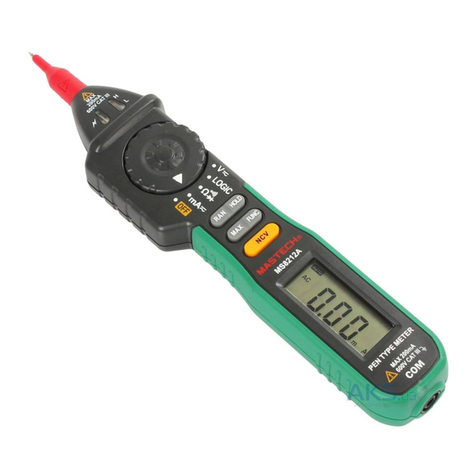
Mastech
Mastech MS8212A User manual
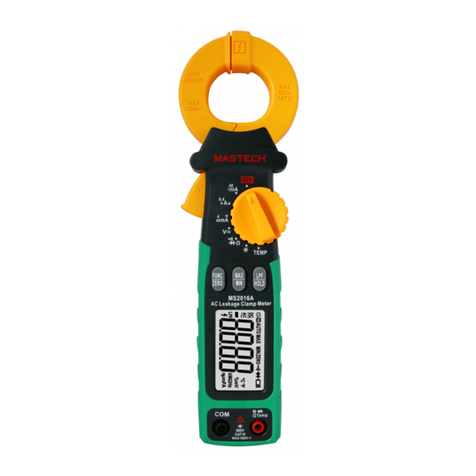
Mastech
Mastech MS2016A User manual
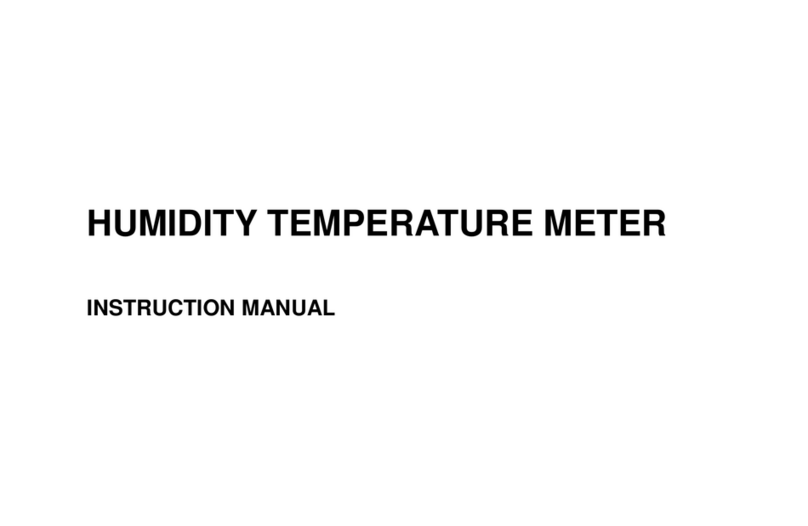
Mastech
Mastech MS6503 User manual

Mastech
Mastech MS2225A User manual
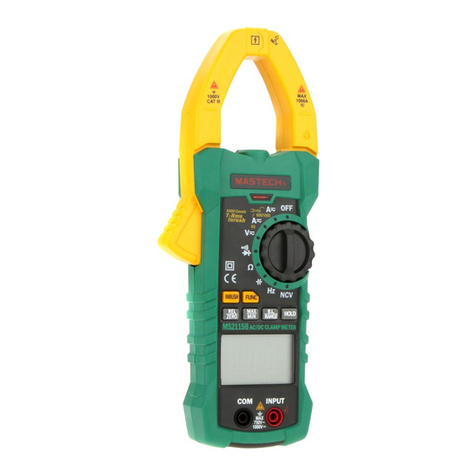
Mastech
Mastech MS2115B User manual

Mastech
Mastech MS2010B User manual
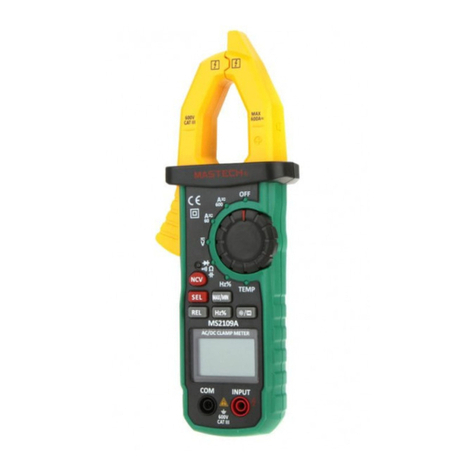
Mastech
Mastech MS2109A User manual
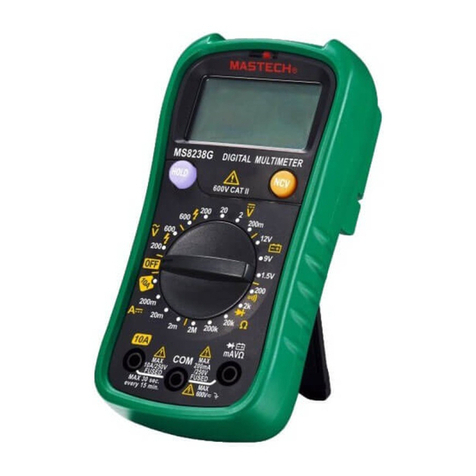
Mastech
Mastech MS8238A User manual
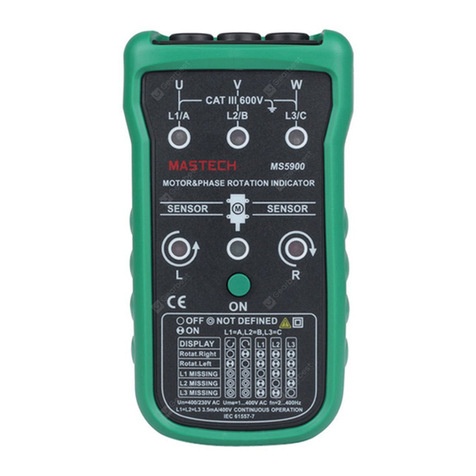
Mastech
Mastech MS5900 User manual
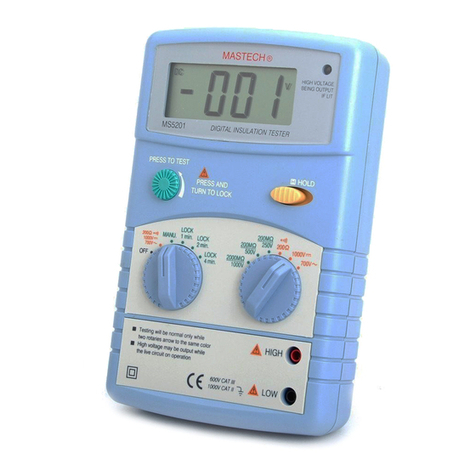
Mastech
Mastech MS5201 User manual
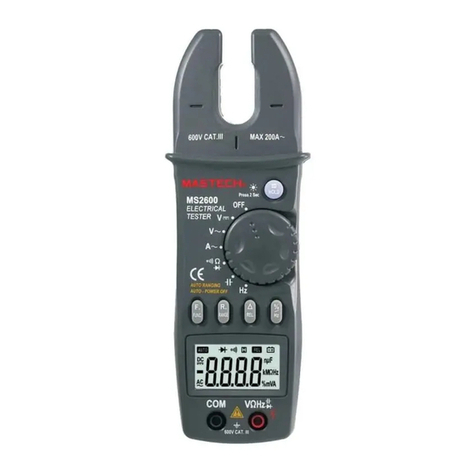
Mastech
Mastech MS2600 User manual
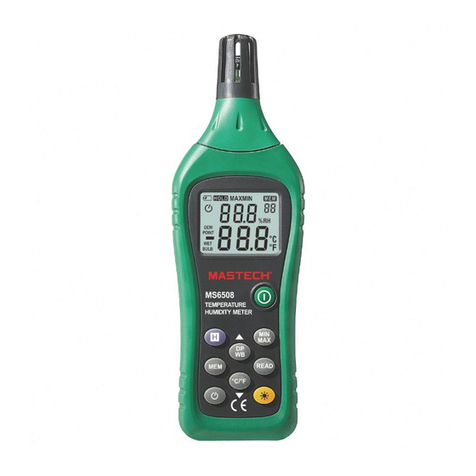
Mastech
Mastech MS6508 User manual
Popular Measuring Instrument manuals by other brands

Powerfix Profi
Powerfix Profi 278296 Operation and safety notes

Test Equipment Depot
Test Equipment Depot GVT-427B user manual

Fieldpiece
Fieldpiece ACH Operator's manual

FLYSURFER
FLYSURFER VIRON3 user manual

GMW
GMW TG uni 1 operating manual

Downeaster
Downeaster Wind & Weather Medallion Series instruction manual

Hanna Instruments
Hanna Instruments HI96725C instruction manual

Nokeval
Nokeval KMR260 quick guide

HOKUYO AUTOMATIC
HOKUYO AUTOMATIC UBG-05LN instruction manual

Fluke
Fluke 96000 Series Operator's manual

Test Products International
Test Products International SP565 user manual

General Sleep
General Sleep Zmachine Insight+ DT-200 Service manual
